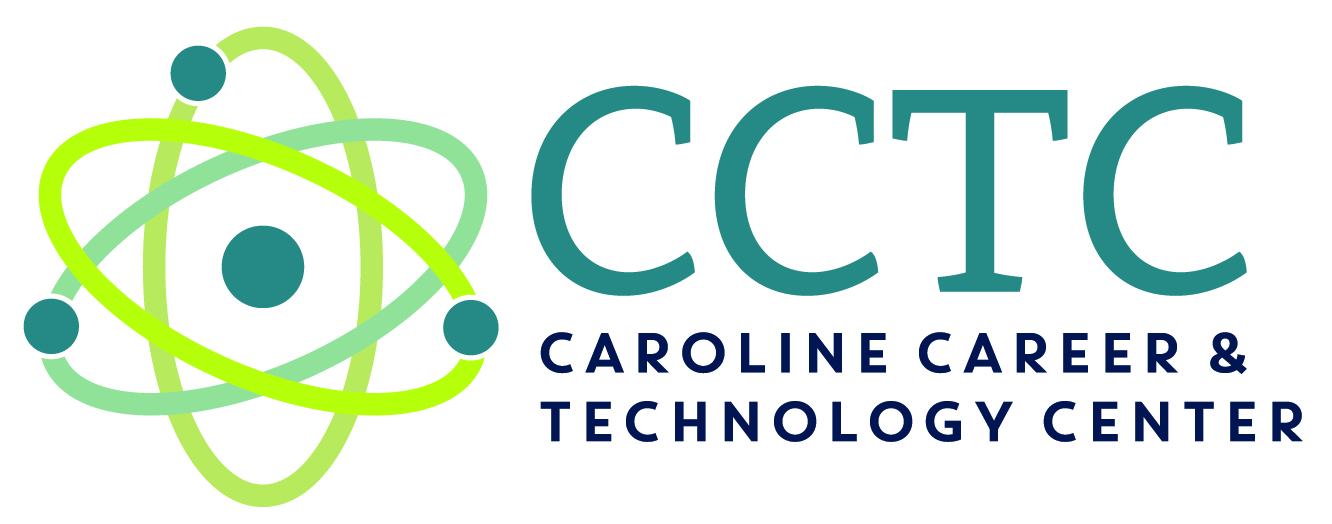The seventh cohort of Advanced Manufacturing Program (AMP) students at Caroline Career & Technology Center (CCTC) recently presented design ideas for their current project, a dartboard cabinet. The winning design was created by Rashad Wilson, and was inspired by the doors one might find hanging in a saloon in the old west.
“Rashad's dartboard design offers a new challenge for the class and me,” Mr. Hale said. He explained that although they possess the software and the capability to machine a three-dimensional object like the steer skull and horns, they have never attempted it before. “This design is more challenging than designs created by previous classes,” he added.
This particular project was generated three years ago when an AMP student approached teacher Mr. Hale with the idea to manufacture dartboard cabinets. Mr. Hale and the class were excited to make this idea a reality. Since then, AMP cabinets with dartboard and darts included have been one of AMP’s most popular products, selling out even before they were presented.
Each time AMP students manufacture a product, they follow the same template. It begins with research, mood-boarding, and a product pitch. With dartboards, students research the history, rules, and professional leagues in the game of darts. Then each student must come up with a design for the project, followed by drafting their design and placing it on a Mood Board. This Mood Board becomes a visual they can refer to as they present their product pitch.
Business partners, school officials, parents and former students are the invited to watch the students' Product Pitches. One by one, students manage the difficult task of individually pitching the details and merits of their design to the class and guests in attendance. At the end of the presentations, everyone votes and a design is chosen.
The next step in the process is a process called Napkin Sketching, which is a sketch of the product views and dimensions. These sketches are then taken to the Computer Aided Drafting lab where more accurate prints are made. From those prints, numeric commands are created that will drive a Computer Numeric Control (CNC) machine, which is basically a robot programmed to cut pieces out of stock material.
Once complete, an audience is once again assembled for student presentations of the finished products which are also offered for sale.
All event photos may be viewed on the Caroline Flickr page.

